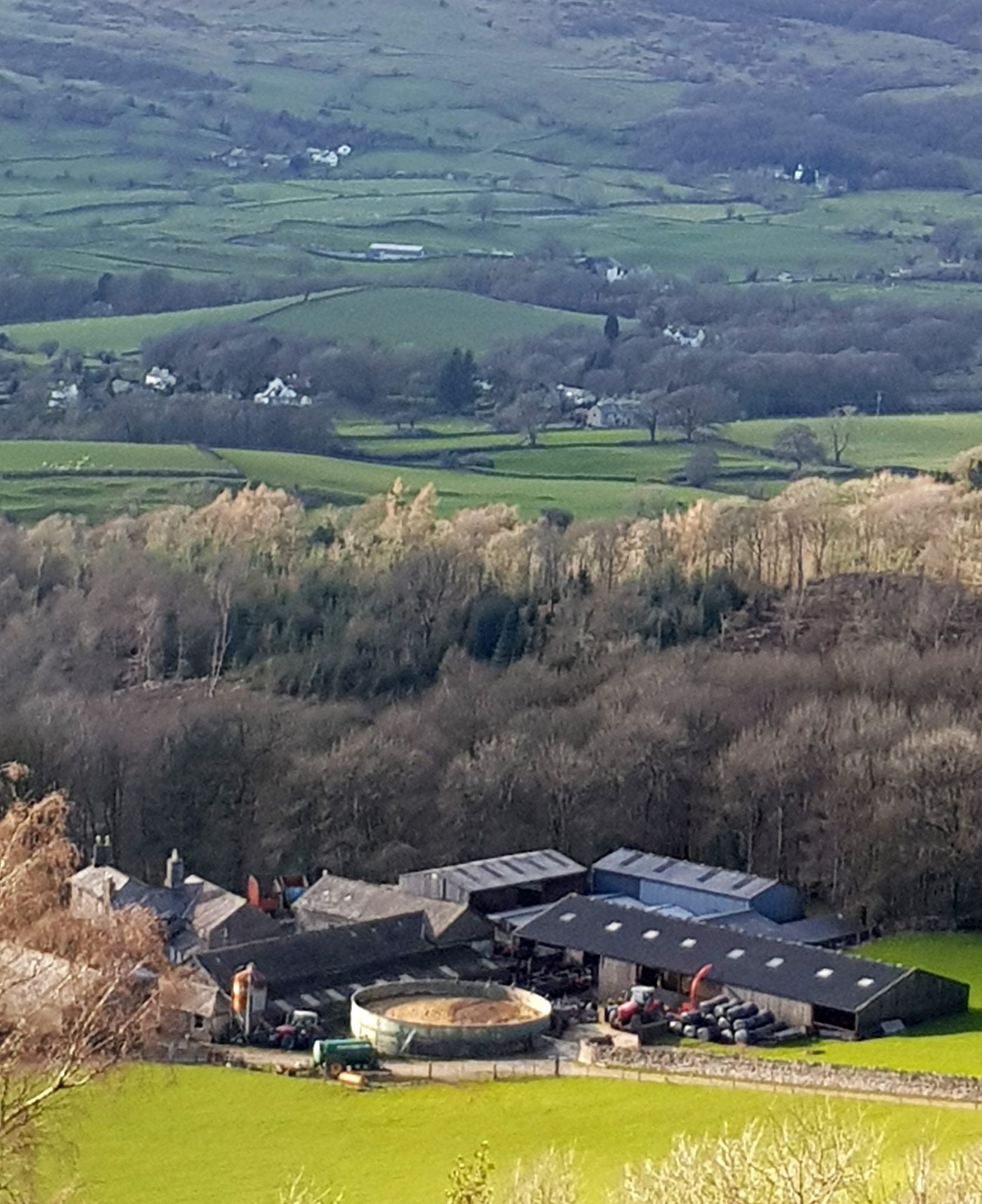Lesley Griffiths SM highlighted the lack of slurry storage as being one of the major factors behind agricultural pollution in the Senedd last week.
NRW state that they will need between 60 and 200 new staff to ensure compliance with the new regulations.
On Thursday last week the Senedd’s Economy, Trade and Rural Affairs Committee met to question Lesley Griffiths SM (Minister for Rural Affairs) on the new regulations to control agricultural pollution in Wales. Prior to the meeting, a briefing paper had been submitted by Welsh Government to the committee to be considered alongside her evidence (see link below).
The Water Resources (Control of Agricultural Pollution)(Wales) Regulations 2021 were announced by Welsh Government in January last year following years of unsuccessful efforts to reduce water pollution from agriculture through voluntary measures. Their introduction, however, was delayed for nearly a year through an unsuccessful judicial review brought by NFU Cymru.
In terms of Welsh rivers, the Senedd session offered comfort following some concerning noises about potential weakening of environmental protection coming out of Westminster, specifically the Brexit Freedoms Bill announced in the Queen’s Speech earlier last week. If passed, this will give ministers new powers to overhaul (without Parliamentary vote) the EU laws that were copied over following Brexit. What this means for European environmental legislation remains to be seen but the new agricultural rules at least offer hope that the vision set out clearly by Wales in the Environment Act (Wales) 2016 survives.
Agricultural pollution is a serious issue for Welsh rivers with Natural Resources Wales indicating that it is the main cause of waterbody failure. According to Welsh Government, 27 out of 163 substantiated pollution incidents from this sector in 2019 were categorised as high impact. Of the 166 pollution incidents attributed to the water industry, only 8 were categorised as high impact. CSOs, which are at present firmly in the media focus, resulted in 26 pollution incidents that year, all of which were classified as low impact. While actual pollution incident numbers are almost certainly much higher than those recorded, the proportional impact by each sector is clear to see.
On the river Wye, assessments by Dŵr Cymru Welsh Water and NRW indicates agriculture contributes approximately 66% of the phosphorous pollution. We must also bear in mind that such assessments use measurements of the type of phosphate most associated with sewage treatment works, not animal manures. In other words, agriculture’s contribution to total phosphate levels is likely to be higher than this.
One of the important points made at last week’s session in the Senedd was that farmers who were already operating to a high standard already would not be affected by the new rules. It is now essential that farming unions engage with Welsh Government and encourage compliance. Adequate funding to improve farm infrastructure also needs to be readily available: the Minister highlighted the lack of slurry storage as being one of the major factors behind agricultural pollution.
We are playing our part too: Afonydd Cymru is helping to look at the alternative measures that farmers can take, which is encouraged by the legislation. However, we are concerned about the seeming continuation of poor planning decisions in Wales. In Powys, an intensive poultry unit expansion was passed by planners in April, despite the current ecological crisis of this SAC-designated river and the likely causes. This decision is now being judicially reviewed.
Finally, effective enforcement of the new regulations in Wales will be paramount to their success. One of the revelations in the Senedd last week was that Natural Resources Wales state they will require between 60 and 200 new staff to ensure compliance. Welsh Government must provide the funds for these new staff to be employed as soon as possible.


